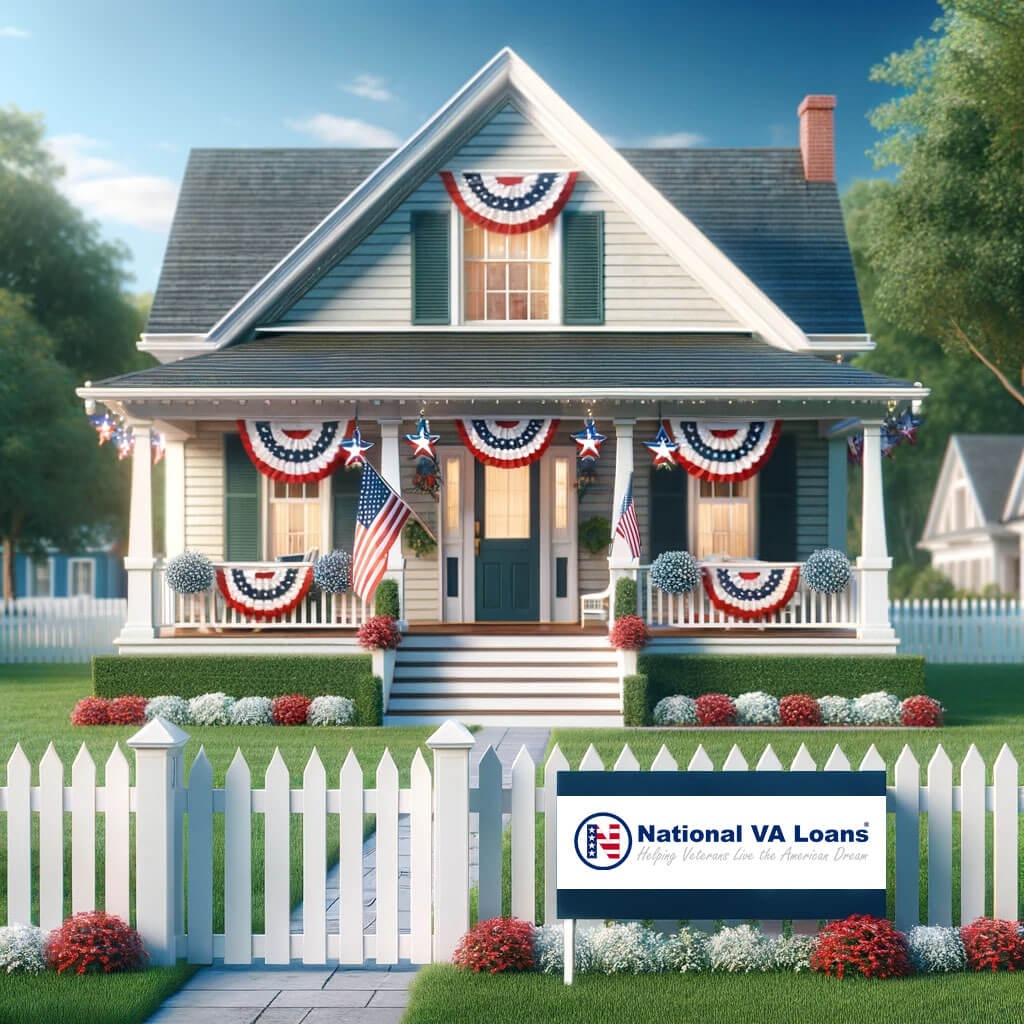Benefits of VA Refinancing
If you’re a homeowner with a VA home loan, there are several benefits of VA refinancing that you should be aware of. Refinancing can provide you with financial flexibility and help improve your overall financial situation. Here are some of the key advantages of VA refinancing:
- Lower interest rates: One of the most significant benefits of VA refinancing is the potential to lower your interest rate. This can result in lower monthly mortgage payments and significant savings over the life of your loan.
- Reduced monthly payments: Refinancing can also help you reduce your monthly mortgage payments, providing you with increased financial breathing room and potentially freeing up funds for other expenses.
- Debt consolidation: Refinancing can be an effective way to consolidate high-interest debt, such as credit card balances or personal loans, into a single, more manageable monthly payment.
- Cash access: If you need cash for home improvements, debt consolidation, or other expenses, a cash-out refinance may be an option. This can help you tap into your home’s equity and provide you with the funds you need.
- Flexible loan terms: VA refinancing can also give you more flexible loan terms, allowing you to choose a mortgage that aligns with your financial goals and needs.
These are just a few of the many benefits of VA refinancing. By refinancing your VA home loan, you can take control of your financial future and put yourself in a better position for long-term success.
Considerations Before Refinancing
Refinancing your VA mortgage can be a smart financial move, but it’s important to consider all the factors before making a decision. Here are some key considerations to keep in mind:
- Overall Cost: Refinancing can have closing costs, and you should weigh these costs against the potential savings. Use a mortgage refinance calculator to estimate the potential savings over time, taking into account the terms of the new loan and any fees.
- Credit Score: Your credit score plays a critical role in determining the interest rate you’ll receive on a refinanced mortgage. If your credit score has improved since you took out your original VA home loan, you may be able to qualify for a lower interest rate.
- Loan Term: Refinancing can allow you to change the term of your mortgage. While a shorter term can save you money in the long run, it will also result in higher monthly payments. Make sure you can comfortably afford the new payments before refinancing.
- Home Equity: Some refinancing options, such as a Cash-Out Refinance, allow you to borrow against your home’s equity. However, it’s important to remember that doing so will increase your overall debt and reduce your equity. Make sure you have a solid plan for repaying any additional debt you take on.
- Your Future Plans: Consider your future plans when deciding whether to refinance. If you plan to move in the near future, it may not make sense to refinance. On the other hand, if you plan to stay in your home for a longer period of time, refinancing may be a wise financial decision.
By considering these factors, you can make an informed decision about whether refinancing is the right choice for you. Our team is here to help guide you through the process and answer any questions you may have. Remember to always weigh the pros and cons before making any major financial decisions.
How to Apply for VA Refinancing
If you’ve decided that VA refinancing is the right choice for you, the next step is to start the application process. Here’s what you need to know:
Step 1: Gather Necessary Documentation
Before you start the application, make sure you have the necessary documentation on hand. This includes:
- Your current mortgage statement
- Proof of income (pay stubs, W-2 forms, etc.)
- Proof of assets (bank statements, investment account statements, etc.)
- Proof of service (DD-214 form)
- Property appraisal (if required)
Call National VA Loans at (855) 956-4040 for a consultation.
Step 3: Submit an Application
Once you have talked with a National VA Loan VA mortgage specialist, you will need to submit an application. Be sure to fill out the application completely and provide accurate information. Click here for a mortgage online application.
Step 4: Wait for Approval
After submitting your application, the lender will review your documentation and determine if you’re eligible for VA refinancing. This process can take several weeks. If approved, you’ll receive a loan estimate outlining the terms of your new mortgage.
Step 5: Close the Loan
If you’re happy with the terms outlined in the loan estimate, you’ll need to close the loan. This involves signing all necessary paperwork and paying any required fees. Once the loan is closed, your new mortgage will take effect.
Overall, the application process for VA refinancing is similar to that of a traditional mortgage. By following these steps and working with a reputable lender, you can secure the refinancing option that best fits your needs.




